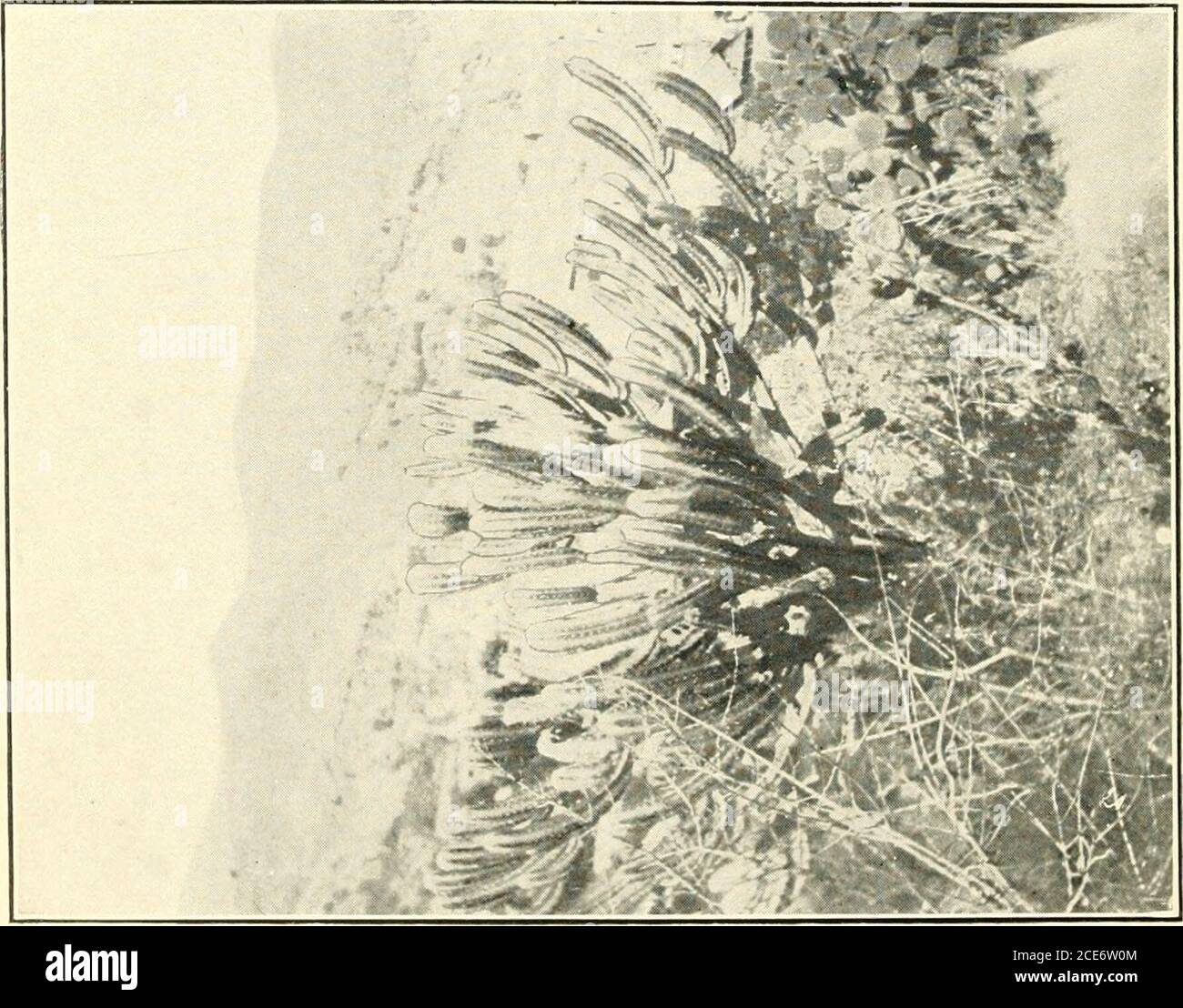. Annual report of the Board of Regents of the Smithsonian Institution . CACTACEiE OF MEXICO SAFPORD. 553 Escontria includes a single species, the chiotilla, or xiotilla, ofsouthern Puebla and Oaxaca {Cereus chiotilla Weber). Carnegiea includes the giant sahuaro, or suguaro {Cereus gigan-teus)^ already referred to, the fruit of which, called pitahaya, isan important food staple of the Indians, but is not so highly esteemedas the pitahaya dulce of Lemaireocereus thurheri. Lemaireocereus, as proposed by Britton and Rose, includes plantsof widely different habits. Under this genus are placed the

Image details
Contributor:
Reading Room 2020 / Alamy Stock PhotoImage ID:
2CE6W0MFile size:
7.1 MB (465.3 KB Compressed download)Releases:
Model - no | Property - noDo I need a release?Dimensions:
1786 x 1399 px | 30.2 x 23.7 cm | 11.9 x 9.3 inches | 150dpiMore information:
This image is a public domain image, which means either that copyright has expired in the image or the copyright holder has waived their copyright. Alamy charges you a fee for access to the high resolution copy of the image.
This image could have imperfections as it’s either historical or reportage.
. Annual report of the Board of Regents of the Smithsonian Institution . CACTACEiE OF MEXICO SAFPORD. 553 Escontria includes a single species, the chiotilla, or xiotilla, ofsouthern Puebla and Oaxaca {Cereus chiotilla Weber). Carnegiea includes the giant sahuaro, or suguaro {Cereus gigan-teus)^ already referred to, the fruit of which, called pitahaya, isan important food staple of the Indians, but is not so highly esteemedas the pitahaya dulce of Lemaireocereus thurheri. Lemaireocereus, as proposed by Britton and Rose, includes plantsof widely different habits. Under this genus are placed the pitahayaagria {Cereus gummosus Engelm.) and the chirinole, or chilenola, ofLower California {Cereus eruca Brandeg.), both of them prostrateplants with scarlet pitahayas containing pleasantly acid pulp; thecolumnar pitahaya dulce of Sonora and Lower California {Cereusthurheri Engelm.) ; and the pitahaya of Mexico and Central America, Cereus griseus Haw. {C. ehurneus Salm-Dyck), figured by Rose invol. 12 of the Contributions fromthe National Herbarium, pi. 67, from a phot